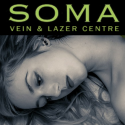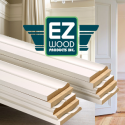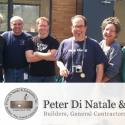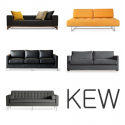Breathing Space Yoga Studio required a new site that could facilitate new independent Yoga Studio Franchises within the framework of the new site. The previous site had been built using standalone PHP files and a custom CMS. We built a brand-new Drupal 7 site using views, a custom map, and custom templates for various areas of the site. It features a blog, social media integration, and an clAA events calendar, among other things.
Why Drupal was Chosen
Breathing Space Yoga Studio had been using a homegrown CMS with limited functionality for many years, The main reason for Drupal was for its content types and views, which are used extensively on this site. The project requirements called for many different sorts of pages and content items. Describe the project (goals, requirements and outcome): Breathing Space Yoga Studio had a site consisting of standalone PHP files, but the organization had grown and was in need of a more robust yet easy to use CMS. The goal was to streamline web publishing workflows while revamping the site with a completely new design.
Project Goals
-
Client needs to be able to edit as much of the site on their own as possible.
-
Site will auto-archive programs, events, and workshops.
-
Site structure needs to be flexible enough to allow for long-term growth and change, as well as adding features on short notice, for example for upcoming events.
-
Since this site is for a franchises, it would benefit greatly from using photos. The client wants these to be auto-formatted so they can just upload a photo, and it will get cropped to the right proportions / size automatically without needing Photoshop.
-
Franchisees will get their own page on the site.
-
Administratrors will also get their own page.
-
4 different Programs, each with their own customized page.
-
Blog.
-
Events calendar and schedule.
-
Graphic slideshow headers throughout the site, which the client can easily change.
Outcome
All of the above goals were achieved. Drupal 7 - in particular its granular content types and fields, Views, and Taxonomy - made all of this a breeze, and allowed us to easily customize page configurations as we gathered more feedback from the client.
By leveraging Drupal 7's native fields and content types, we were able to meet these requirements in a flexible way, so that we could build on that framework later by adding more fields or views as needed. We work with Joomla (2.5 and 3) as well as WordPress, have used Concrete5, and have read about the charms of Django, but out of all these we have found Drupal offers the most robust and flexible feature set (a.k.a. framework) while also shipping with an easy to use administrative interface. It was very important to our client that they be able to edit almost everything themselves, and that the site could grow with their needs. Drupal has served them well in this regard.
Project development ran from October 2011-July 2012, with an extensive initial conceptual design process that accounted for all of the client's existing content while mapping out a new Drupal site structure. Actual Drupal development lasted from February-May 2012 , with training, final content migration, and final design and functionality adjustments taking place during June and July 2012.



































